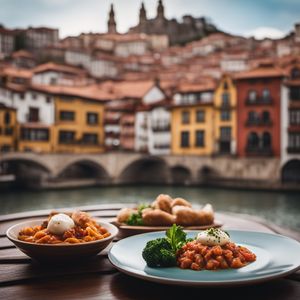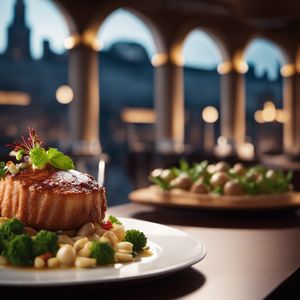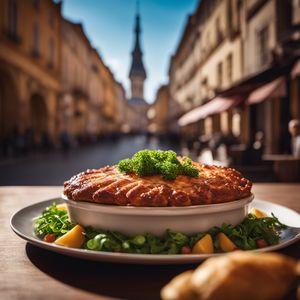
Dish
Puff Pastry
Puff pastry is a versatile pastry that can be used in both sweet and savory dishes. It is commonly used in dishes such as croissants, turnovers, and tarts. The pastry is delicate and can be difficult to work with, but the end result is a light and crispy texture. Puff pastry is typically made with flour, butter, and water. It is high in fat and calories, but low in carbohydrates.
Origins and history
Puff pastry has been used in French cuisine for centuries. It is believed to have originated in the 17th century and was popularized by Marie-Antoine Carême, a famous French chef. The pastry has since spread throughout the world and is now enjoyed in a variety of cuisines.
Dietary considerations
Puff pastry is not suitable for those with gluten intolerance or celiac disease. It may also contain traces of nuts or other allergens depending on the recipe and filling used.
Variations
Puff pastry can be filled with a variety of ingredients, including fruit, cheese, or meat. It can also be used as a crust for pies and tarts.
Presentation and garnishing
Puff pastry can be presented in a variety of ways, including as a pie or tart, or as individual pastries or turnovers. It is often garnished with powdered sugar or fresh herbs.
Tips & Tricks
When working with puff pastry, it is important to keep the pastry chilled to prevent the butter from melting. It is also important to brush each layer with butter or egg wash to ensure a crispy texture.
Side-dishes
Puff pastry is often served with a side of fruit or a simple salad. It can also be served as a main dish with a side of roasted vegetables or mashed potatoes.
Drink pairings
Puff pastry pairs well with a variety of drinks, including champagne, white wine, and tea.
Delicious Puff Pastry recipes
More dishes from this category... Browse all »
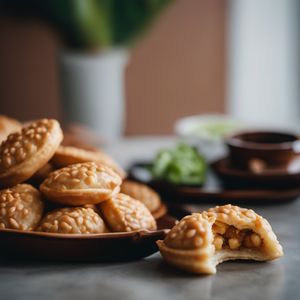
Bakpia Pathok
Indonesian cuisine

Banitsa
Bulgarian cuisine

Blue Cake
N/A cuisine
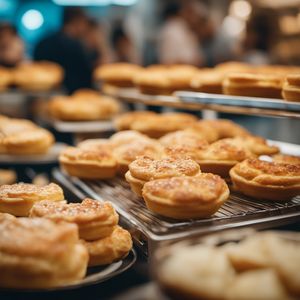
Bourekas
Middle Eastern cuisine

Choux Pastry
French cuisine
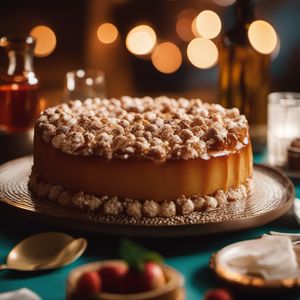
Coca de llanda
Spanish cuisine

Empanada Cordobesa
Argentinian cuisine
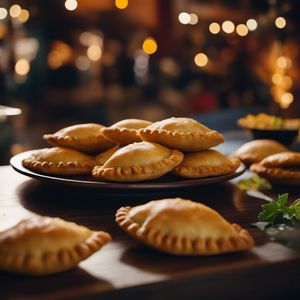
Empanadas
Argentinian cuisine


